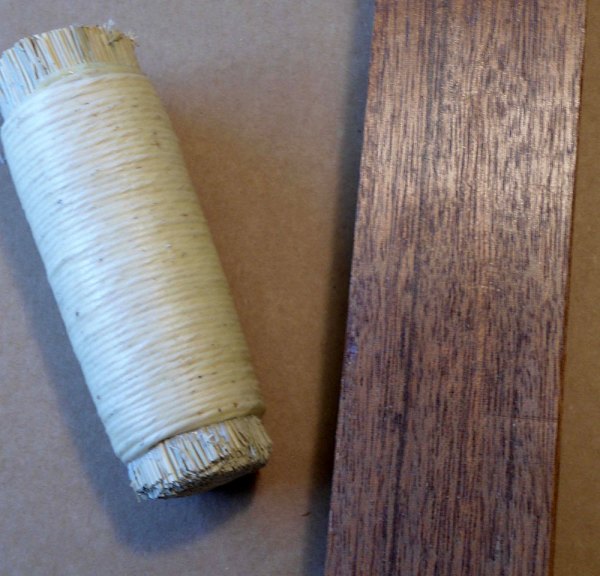Come on children and gather ‘round, and let me tell you a secret about a Frenchman renowned.
Ready?
The manuscripts of Roubo were not perfect. Shhh.
I admit it, right now I am simply taking a moment to escape the gut-grinding work of polishing words, backfilling those areas where old J.A. didn’t tell us everything he knew, or at least didn’t tell us everything we wanted to know. In addition to hundreds of editorial comments inserted into the text, in order to mitigate the passages where the reader will likely scratch their head and say, “Huh?” I wrote almost a score of additional explanatory essays to fill in some of those voids. While these have been roughly done for some time, it is only lately that we have begun to add the visual descriptions to go with my verbal explanations.
Making the process even more tedious is my own ambivalence to the world of photography. It’s just not a bug I ever caught. While I truly appreciate skillful and creative photographic imagery (for example I am literally agog sometimes at the artworks emerging from the back end of Narayan Nayar’s camera when he is shooting the H.O. Studley tool cabinet) if you absolutely positively needed a great photo, I would not be the first person to call.
Still, with copious counsel from Chris and Wesley Tanner, the book’s designer, we are on the way to completion. The lights are in place, the reference color bar is included, the cameras are on their tripods and the exercises are being replicated. Lights. Camera. Action. Or more precisely given the often slow shutter speeds in my grotto, “Lights, Camera, Inaction.” We don’t keep track of the pictures we are taking, but a rough estimate would be a bazillion. It is all glamour, all the time.
The final result is most gratifying as it emerges from the cramped cave-like quarters of my basement workshop (by comparison Chris’s workshop is positively capacious), and integrated into the essay text. In the end this process represents beautifully our vision for “To Make As Perfectly As Possible.” As meaningful an accomplishment as a scholarly translation would be, it might be little more than a historical curiosity on a dusty library shelf if left alone. Instead we want these volumes to inform and transform you as an artist. We hope that my extra 15,000 words and Michele’s 125 photographs – added to the 94,000 words and almost 350 engravings from Roubo – help do just that.
— Don Williams









